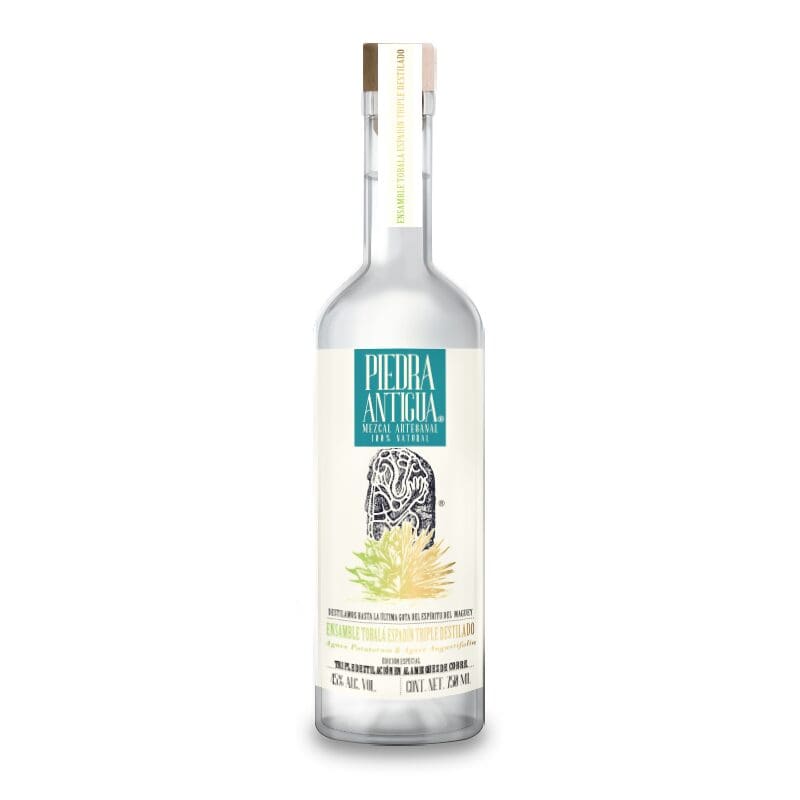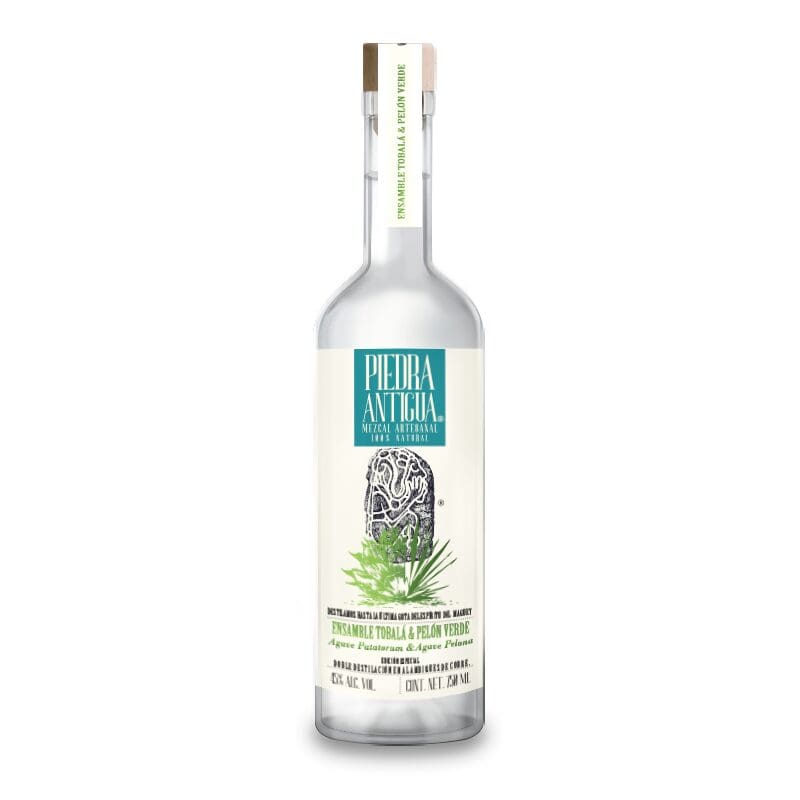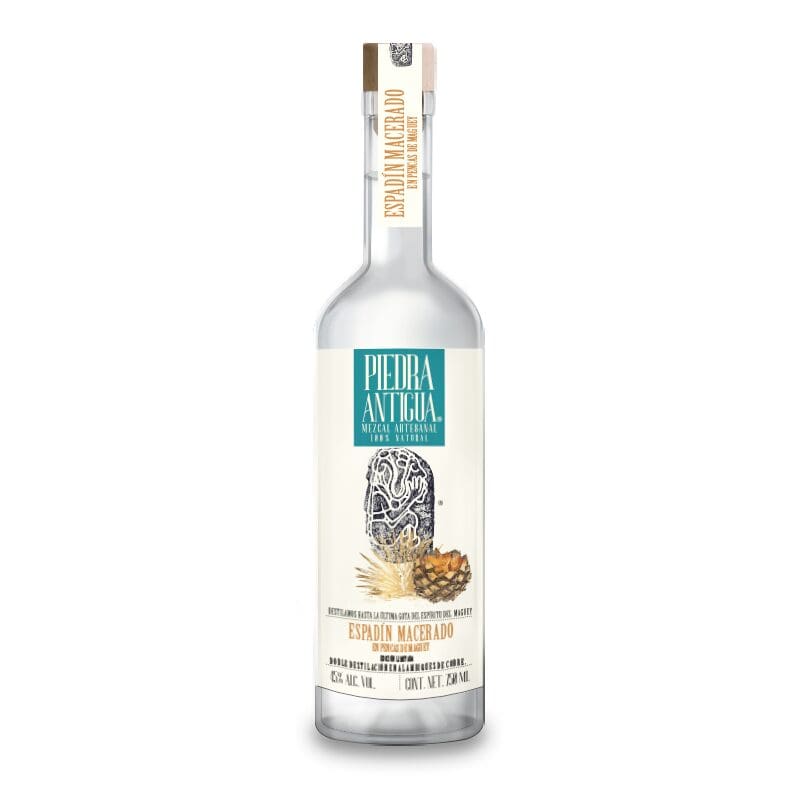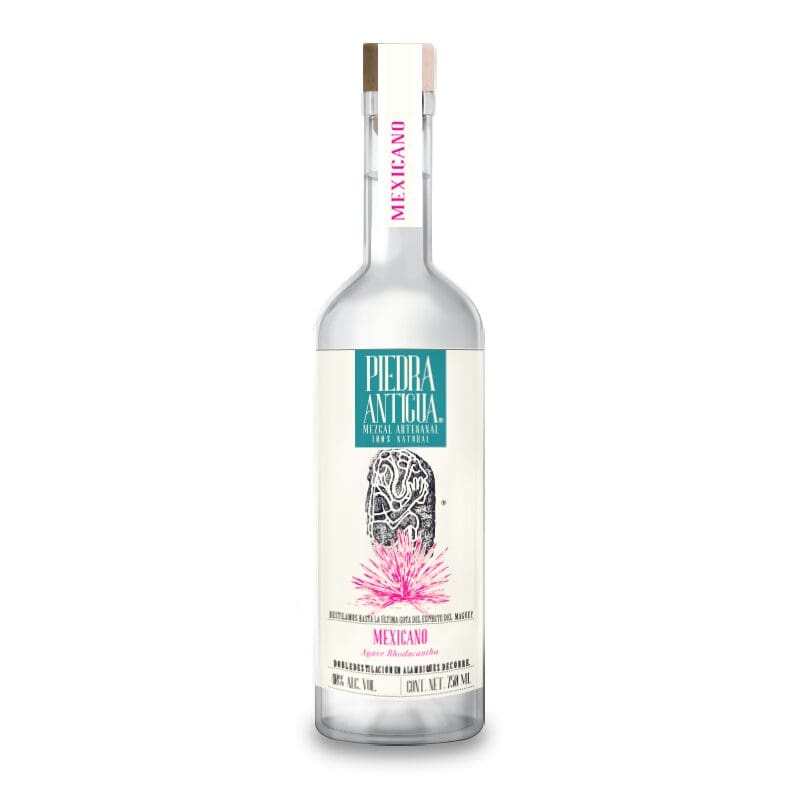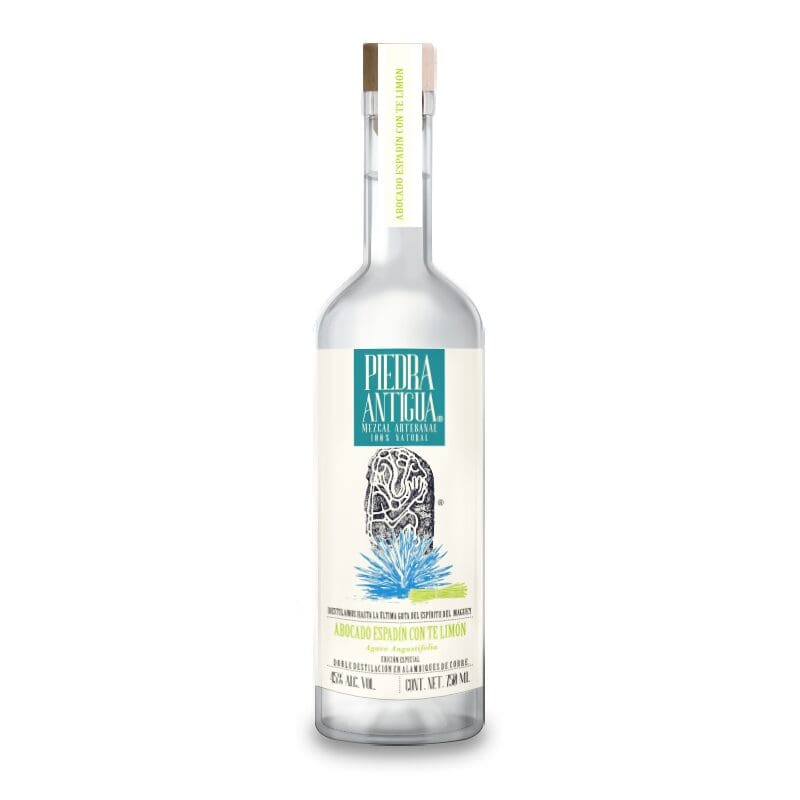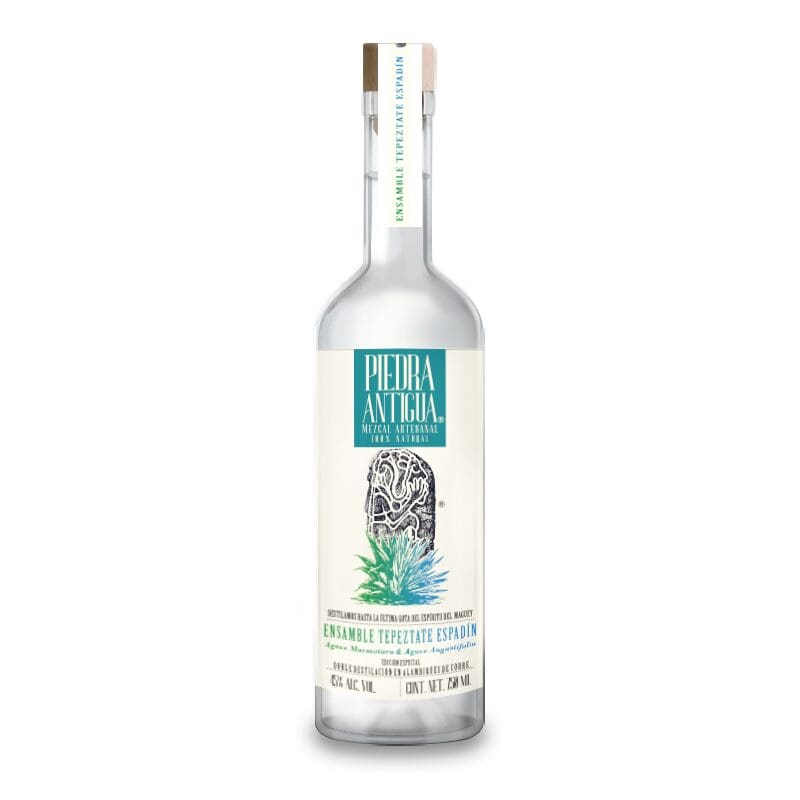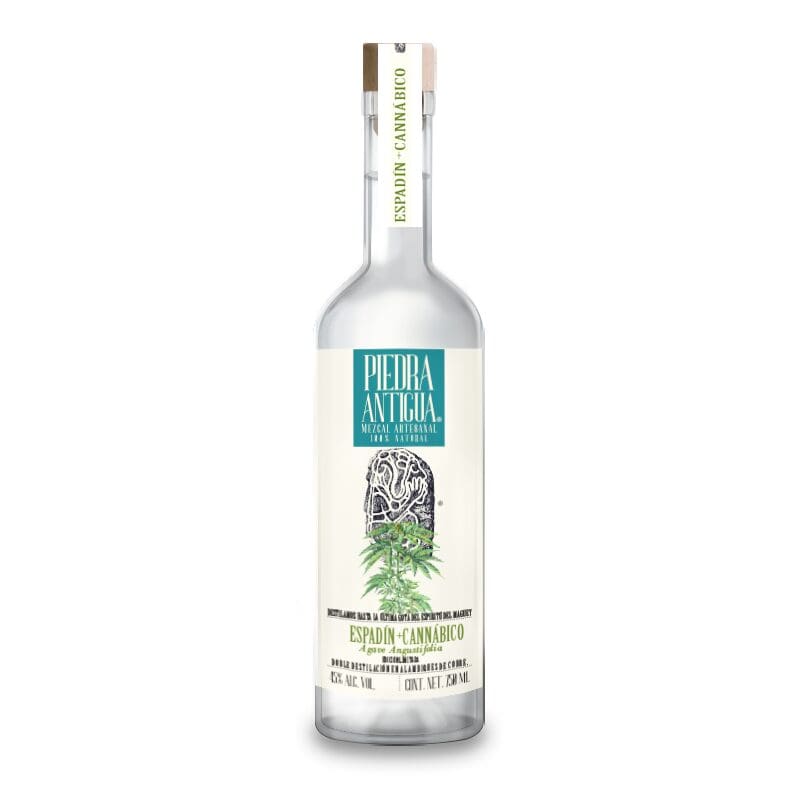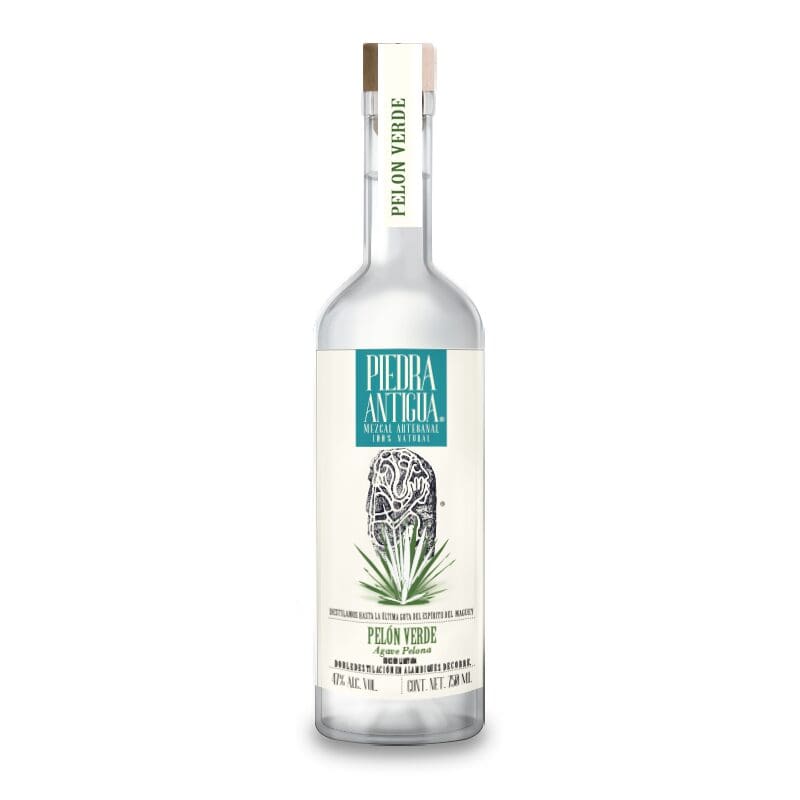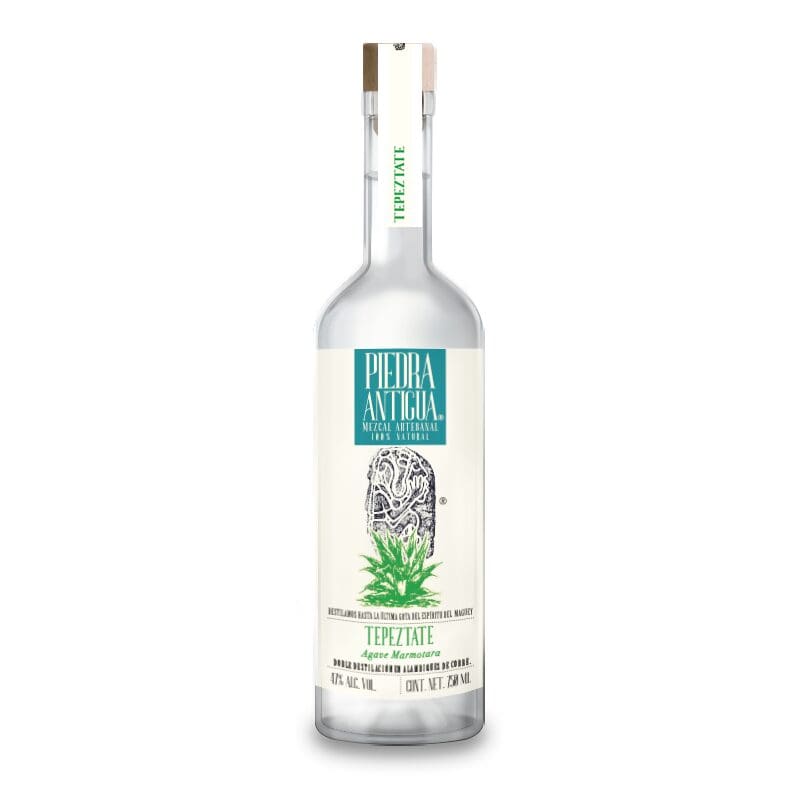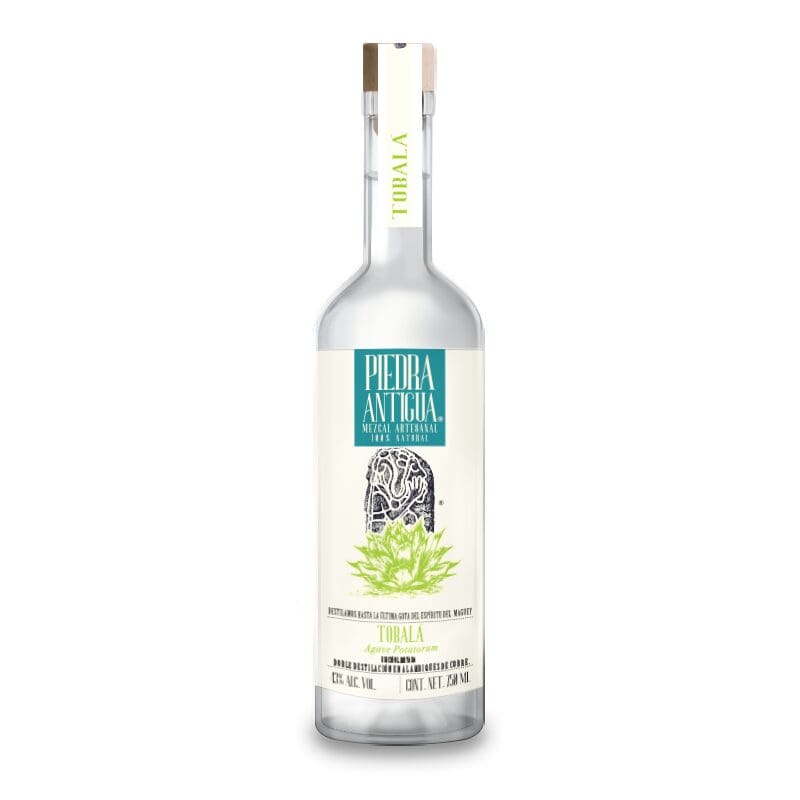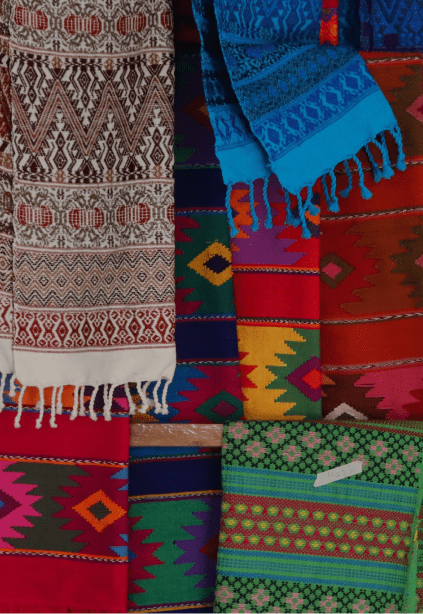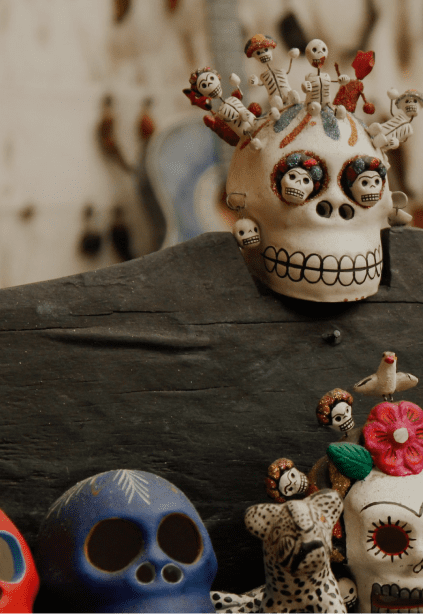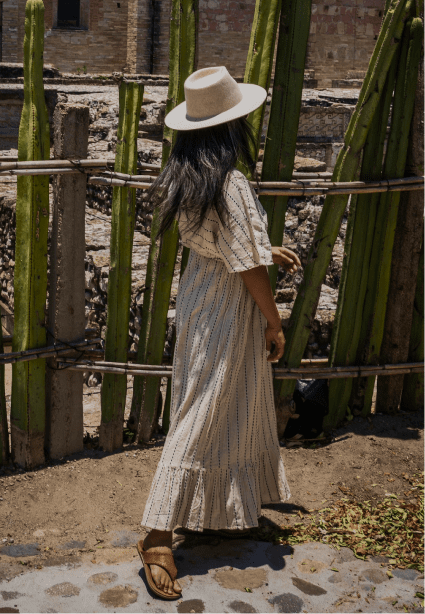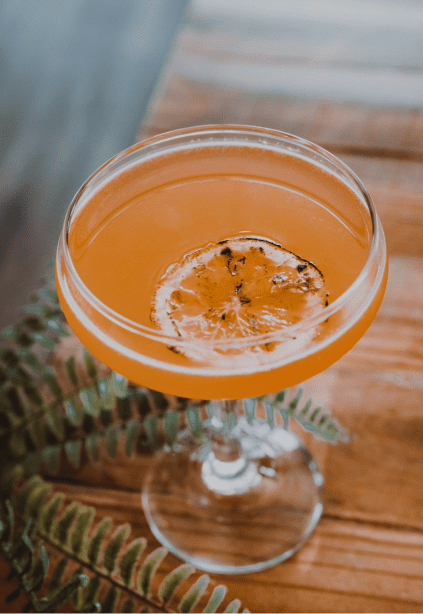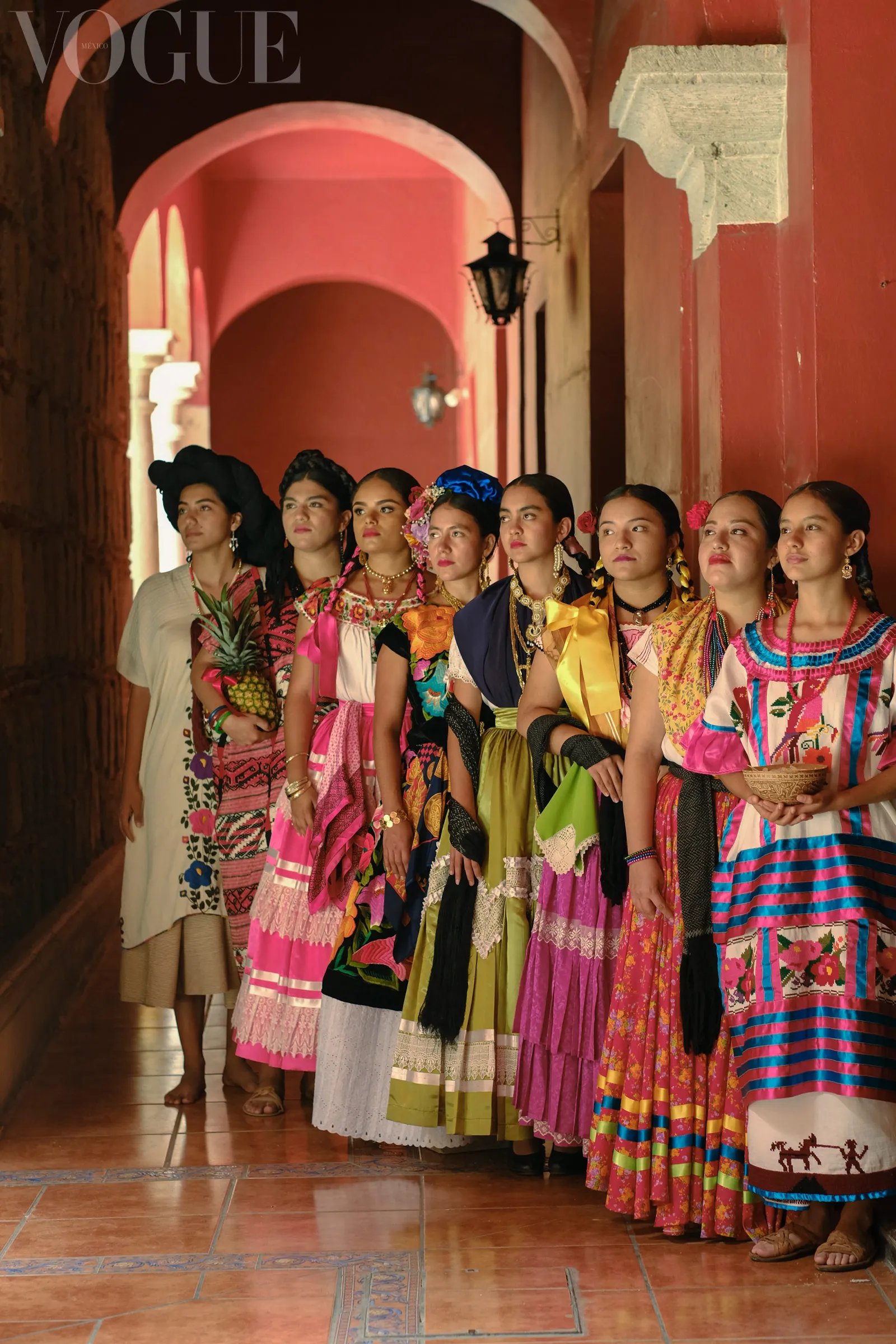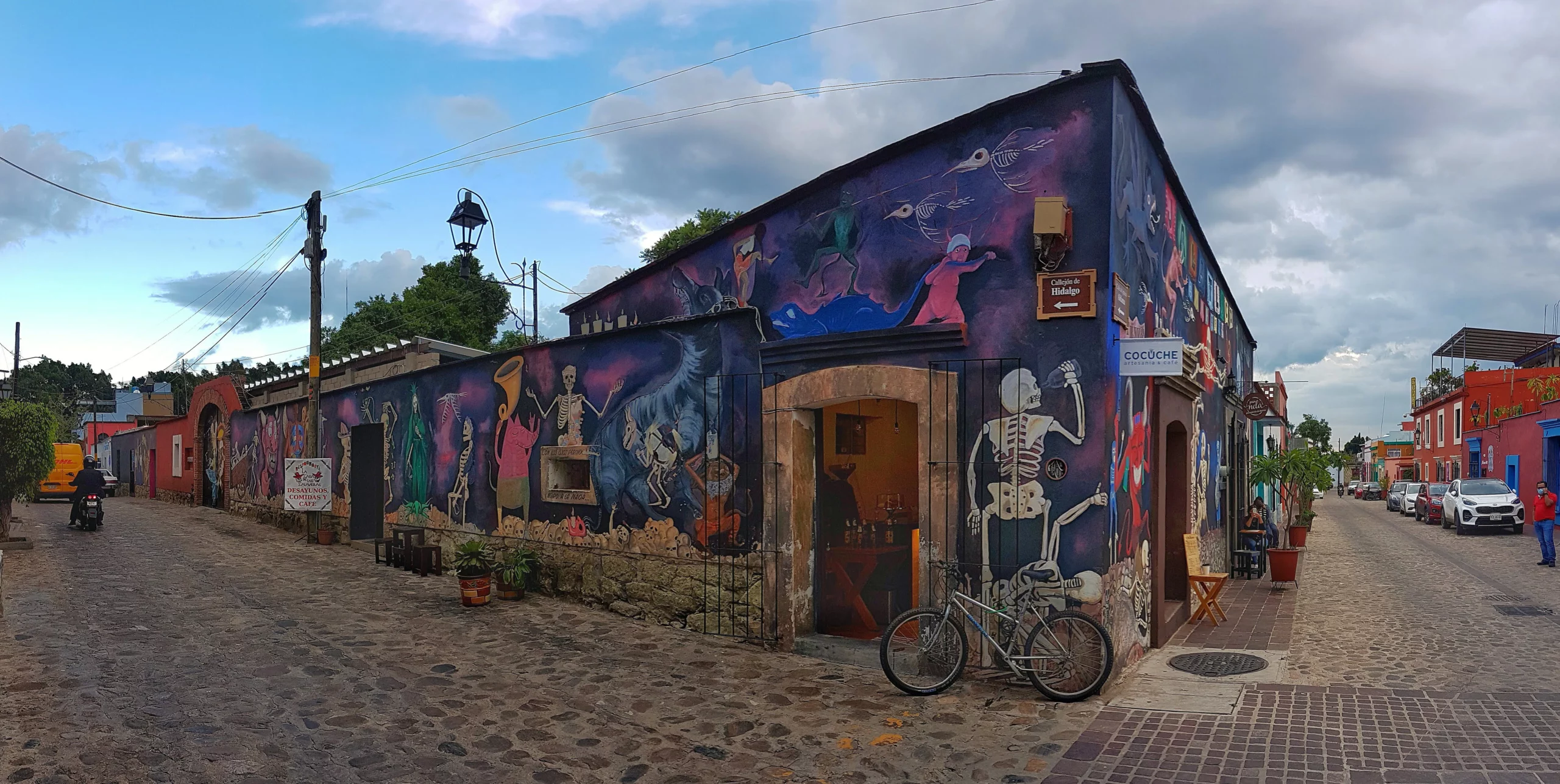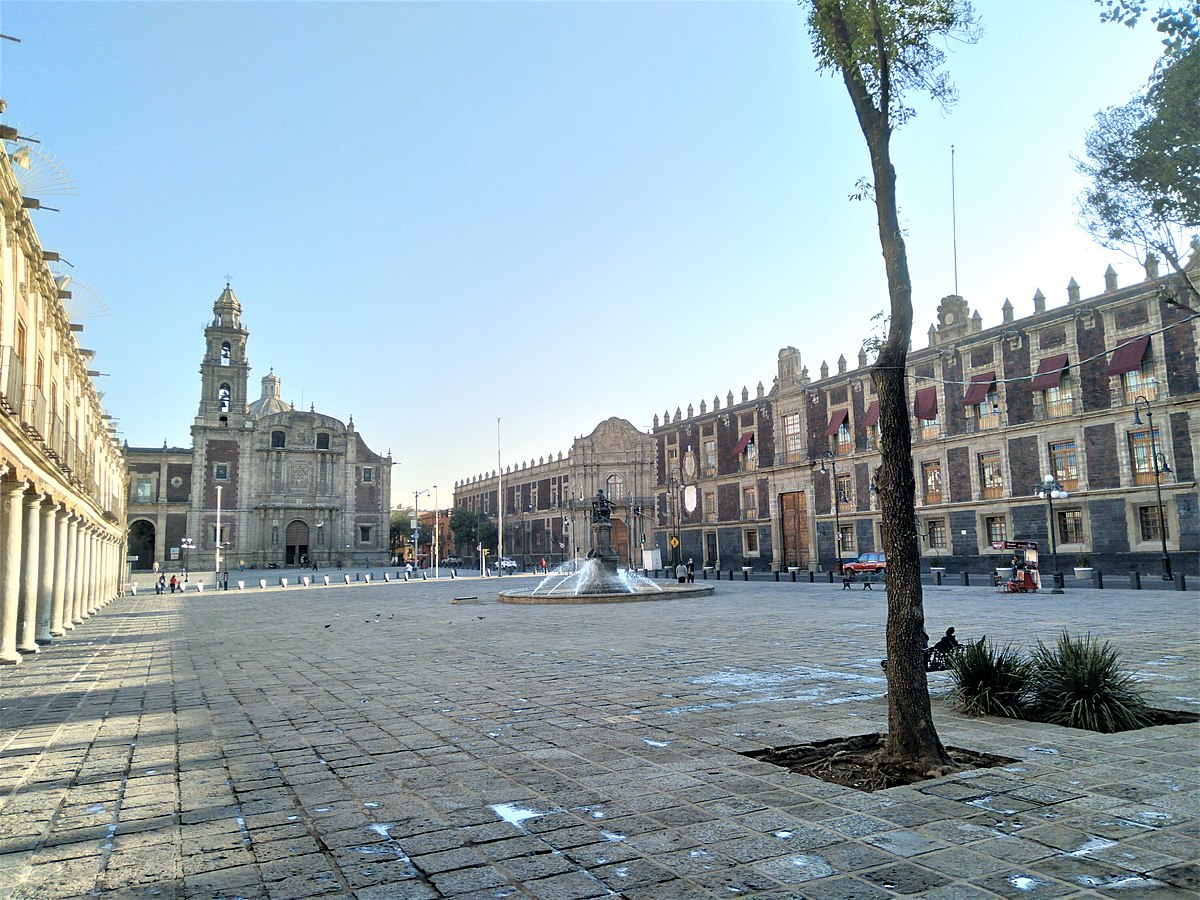Embark on a visual journey through the streets of Oaxaca where urban art and graffiti serve as vibrant forms of expression. Delve into the history of urban art in Oaxaca, highlighting key artists and collectives, and explore how this art form has become an integral and captivating part of the city’s culture. Get ready to discover the overflowing beauty of urban art in Oaxaca, a unique blend of tradition and modernity that attracts both locals and tourists alike.
Influence of Oaxaca on Urban Art
History of Urban Art in Oaxaca
The history of urban art in Oaxaca is as colorful and complex as the works adorning its walls. It dates back to the 1980s and 1990s when graffiti began to emerge as a form of political and social protest. It became a medium for young artists to express their views on inequality, human rights, and indigenous issues. This tradition of activism has persisted, and today, urban art in Oaxaca continues to be a vital reflection of the struggles and joys of its people.
Over the years, Oaxacan urban art began to receive influences from both local traditions and international currents. The inclusion of indigenous symbolism and pre-Hispanic aesthetics blended with modern urban art techniques has resulted in the creation of a distinctive style that has put Oaxaca on the world map of street art.
Notable Artists of Oaxaca
Several artists have taken Oaxacan urban art to extraordinary levels of recognition. Among the most prominent is Dr. Lakra, a tattoo artist who incorporates elements of Mexican folklore, religious symbols, and pop iconography into his murals, exemplifying the fusion of the traditional and the contemporary.
Furthermore, the influence of Francisco Toledo, the renowned Oaxacan visual artist, is strongly felt in the streets; promoting arts and culture in the region, Toledo was a staunch advocate of urban art as a form of cultural and social revitalization. The work of SABER ACOM, with its vibrant murals inspired by the nature and cultural heritage of Oaxaca, demonstrates a deep respect and connection with the region’s natural and human environment.
These artists and many others have contributed to making the urban art scene in Oaxaca one of the most active and fascinating in the country, attracting the attention of art collectors and enthusiasts from around the world. The streets of Oaxaca have become canvases that tell stories of resistance, beauty, and cultural pride, turning this city into a true living museum of urban art.
Iconic Urban Art Spots in Oaxaca
Visual Tour through Oaxaca’s Neighborhoods
A visual tour through Oaxaca’s neighborhoods reveals a palette of murals capturing everything from the region’s history to its contemporary dynamism. The Jalatlaco neighborhood, for example, is famous for its narrow cobblestone streets and walls adorned with murals illustrating scenes of everyday life and local mythology, making it a landmark of street art.
Another must-visit spot on the tour is Xochimilco, a neighborhood known for its colorful facades and vibrant creative energy, where local and international artists have left their mark on the walls. In Santo Domingo, facades and gardens turn into open galleries, showcasing the latest trends in urban art and offering a testimony of the city’s constant cultural change.
The panorama of urban art in Oaxaca would be incomplete without visiting the Historic Center, where every wall tells a different story, with pieces ranging from political satire to modern interpretations of Oaxacan iconography. This visual tour is not only a feast for the eyes but also a means of deep understanding of Oaxaca’s roots and spirit.
Galleries and Public Spaces for Urban Art
Oaxaca is an ecosystem of urban art, where galleries and public spaces play a crucial role in the promotion and preservation of this art form. Places like the Museum of Contemporary Art of Oaxaca (MACO) and the Institute of Graphic Arts of Oaxaca (IAGO), founded by Francisco Toledo, have become not only spaces to exhibit urban art but also promoters of projects and workshops involving the community in the creation of art in public spaces.
Additionally, projects like Public Spaces: Art and Community, have transformed parks, sports courts, and school facades into canvases that reflect Oaxaca’s diversity and creativity. These spaces have served to host interventions by artists such as Yescka, whose work often highlights social justice issues, and Lapiztola, a collective known for its powerful stencil graffiti.
The importance of these galleries and spaces lies not only in their artistic impact but also in the economic boost and in the consolidation of urban art as an important driver of change and cultural ambassador for Oaxaca to the world.
Unique Characteristics of Oaxaca’s Urban Art
Influence of Oaxacan Culture on Urban Art
Oaxaca’s urban art is distinguished by its deep connection with the region’s cultural heritage. The vibrant traditions, colorful celebrations like the Guelaguetza, and rich indigenous mythology are reflected in murals and graffiti that turn the city into a living reflection of its cultural identity. Pre-Columbian elements and the symbolism of indigenous peoples, such as Zapotec and Mixtec iconography, are present in many of the works decorating the city, creating a dialogue between ancestral history and modern narrative.
Oaxaca’s biodiversity also inspires urban artists, who incorporate images of local flora and fauna into their works. In this environment, corn, a central element of Mexican life and culture, can take center stage in a mural, or an alebrije, a fantastic creature from Oaxacan folklore, can be interpreted with an urban touch. Thus, Oaxaca’s streets become a poetic account of the traditions, social concerns, and dreams of its people.
Innovation in Urban Art Techniques
Oaxacan artists stand out not only for their themes but also for their constant innovation in techniques, ranging from traditional spray painting to the use of stencils, stickers, and mixed techniques that include installations and urban sculptures. This experimentation has taken Oaxaca’s urban art beyond conventional graffiti, adopting forms of expression such as light art and projections that interact with the city’s colonial architecture.
Additionally, the use of local materials and sustainable practices reflect an ecological commitment by the artists, in an effort to harmonize their art with the environment. The colors used often come from traditional natural pigments, such as those obtained from the purple snail or cochineal insects, adding an authentic and ecological dimension to their already rich palette.
The innovative fusion of these techniques results in a constant evolution of urban art in Oaxaca, keeping it at the forefront of global street art and reaffirming the essential role that this art plays in the social and cultural fabric of the city.
The Social Impact of Urban Art in Oaxaca
Urban Art as a Vehicle for Social Change
In Oaxaca, urban art transcends mere aesthetics; it becomes a powerful vehicle for social change. Murals have been used to denounce injustices, promote equality, and remind the community and visitors of the region’s historical struggles. Works that touch on issues such as indigenous rights, environmental preservation, and criticism of political corruption are frequent, becoming a common language for activism and awareness.
Urban art in Oaxaca has also been a catalyst for citizen participation, supporting social movements and serving as a meeting point for demonstrations and debates. Through workshops and community events, artists have engaged the public in collaborative creation, promoting a sense of belonging and social responsibility. Thus, each mural becomes a testimony to the community’s ability to organize and collectively express its hopes and concerns.
Urban Art as Expression of Oaxacan Identity
Oaxaca’s urban art is a vibrant mirror of its multiple and complex identity. From linguistic and cultural diversity to deeply rooted festivities and unique gastronomy, street artists capture on the walls the essence of Oaxacan life. For example, murals located in municipal markets and common spaces not only represent everyday life but also amplify the voice and vision of contemporary Oaxaca.
This urban art, intrinsically rooted in the local, transforms into a strong sense of community identity for residents, while offering an accessible and understandable narrative for visitors. The vindication of regional culture and history through art has the power to strengthen social cohesion and pride, demonstrating how creative expressions can be both a reflection and a builder of collective identity.
Urban Art in Oaxaca is an explosion of color and culture that transforms the streets into an open-air gallery. This authentic and avant-garde form of expression conveys powerful social messages, beautifying the city while reflecting its rebellious and innovative spirit. From detailed murals to bold graffiti, urban art in Oaxaca is a testament to the creativity and courage of its local artists, and a fascinating blend of tradition and modernity that no visitor should miss.
Frequently Asked Questions
What is the history of urban art in Oaxaca?
The history of urban art in Oaxaca began in the late 20th century when local artists started using the city’s walls as canvases to express their art. Since then, it has grown exponentially, with both local and international artists contributing their creations to the city.
Who are some notable artists from Oaxaca?
Notable artists from Oaxaca include painter and printmaker Rufino Tamayo, painters Rodolfo Morales and Francisco Toledo, and muralist Diego Rivera. In terms of urban art, artists like Lapiztola and Yescka are highly recognized.
How can I take a visual tour of Oaxaca’s neighborhoods?
A visual tour of Oaxaca’s neighborhoods can start in the historic center of the city, where painted walls abound. From there, you can explore the neighborhoods of Xochimilco, Jalatlaco, and the Barrio del Artista, each with its own unique offerings of urban art.
Where can galleries and public spaces for urban art be found in Oaxaca?
Galleries and public spaces to view urban art in Oaxaca are scattered throughout the city. For example, the Museum of Contemporary Art of Oaxaca maintains a collection of urban art. Urban art pieces can also be found on the streets and walls of the city.
How has Oaxacan culture influenced local urban art?
Oaxacan culture and traditions are a significant influence on local urban art. Artists often incorporate images and cultural themes into their work, from celebrating the Day of the Dead to depicting rural life in Oaxaca.
How have Oaxacan urban artists innovated?
Oaxacan artists have innovated in terms of techniques and materials used. They often integrate traditional techniques of engraving and painting into their urban art pieces. Additionally, they also use a variety of mediums, including spray paint, stencils, mosaics, and more.
How has urban art in Oaxaca been a vehicle for social change?
Urban art in Oaxaca often addresses social and political issues, such as social injustice, cultural identity, and human rights. In this sense, it has become a powerful means for discussion and social awareness.
How does urban art reflect Oaxacan identity?
Urban art in Oaxaca reflects Oaxacan identity in several ways. It incorporates visual elements of Oaxacan culture and life and often celebrates the diversity and cultural richness of the region. Additionally, it serves as a medium to express shared ideas and sentiments within the community.
What are some typical characteristics of urban art in Oaxaca?
Urban art in Oaxaca is often characterized by the use of vibrant colors, strong and detailed images, and a blend of styles that reflect both Oaxacan artistic tradition and contemporary trends in international urban art. Additionally, it often focuses on social and cultural themes related to Oaxaca and Mexico in general.
How has the reception of urban art in Oaxaca been by the community at large?
The reception of urban art in Oaxaca has been mostly positive, with the community appreciating both its aesthetic value and its ability to reflect and question aspects of society. It is considered a valuable and vibrant form of artistic and cultural expression, and there is a growing acceptance and appreciation of its role within the urban landscape of Oaxaca.


